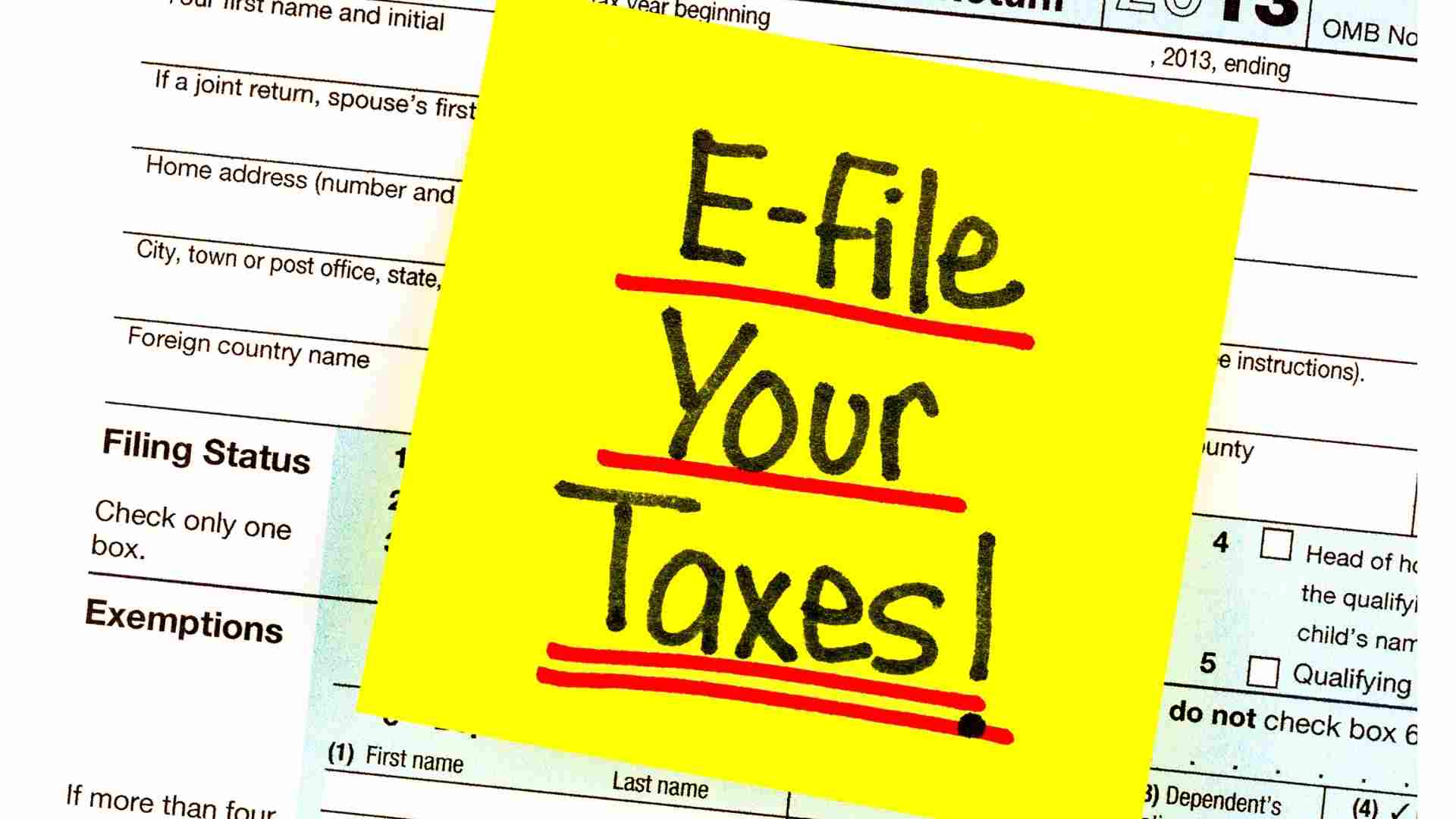
Limited Liability Partnership Registration: A Comprehensive Guide
Introduction
Limited Liability Partnership Registration is a crucial step for businesses looking to combine the benefits of a partnership with limited liability protection. Whether you’re a small business owner, a professional, or an entrepreneur, understanding the process and advantages of LLP registration is essential. In this comprehensive guide, we’ll delve deep into the world of Limited Liability Partnerships, from the registration process to frequently asked questions, helping you make informed decisions for your business.
Limited Liability Partnership Registration
Limited Liability Partnership (LLP) registration is a legal process that formalizes the structure and operation of a business. LLPs offer the advantage of limited liability to its partners, protecting their personal assets while allowing flexibility in management. The registration process involves several steps:
- Conceptualizing Your LLP
Before diving into the paperwork, it’s essential to have a clear understanding of your business’s structure, objectives, and operations. Decide on the name, business activities, and the partners who will be involved.
Incorporate the term “limited liability partnership registration” in the name to make it clear to potential clients and investors.
- Designate Designated Partners
LLPs must have a minimum of two designated partners who are responsible for the legal compliances of the business. Ensure that these partners are eligible and willing to take on this role.
- Obtain Digital Signatures
All designated partners must obtain a Digital Signature Certificate (DSC). This is a crucial step, as all documents submitted to the Registrar of Companies (RoC) must be signed digitally.
- Apply for Director Identification Number (DIN)
To apply for DIN, you need to submit Form DIR-3. The DIN is a unique number assigned to an individual, allowing them to be a director in any company.
- Reserve Your LLP Name
Selecting a unique and appropriate name for your LLP is vital. You can check the availability of names on the MCA portal and reserve the one that best suits your business.
- File the Incorporation Document
Prepare and file Form LLP-1 with the RoC. This document includes details of partners, their contributions, and the LLP agreement. Remember to include “limited liability partnership registration” in the title.
- LLP Agreement
Draft an LLP Agreement and file it in Form LLP-3. This agreement specifies the roles, responsibilities, and profit-sharing ratio of partners, contributing to the smooth operation of the business.
- Fee Payment
Pay the requisite fees for filing the registration documents. The amount varies depending on the LLP’s capital contribution.
- Certificate of Incorporation
Upon successful evaluation of your application, the RoC will issue a Certificate of Incorporation. This marks the official recognition of your LLP.
- PAN and TAN Application
Obtain Permanent Account Number (PAN) and Tax Deduction and Collection Account Number (TAN) for your LLP. These are essential for taxation purposes.
Benefits of Limited Liability Partnership
Limited Liability Partnership Registration offers numerous advantages:
- Limited Liability: Partners’ personal assets are protected.
- Separate Legal Entity: LLP is a distinct legal entity from its partners.
- Ease of Formation: LLP registration is relatively straightforward.
- Flexibility: Partners can manage the business without too much regulatory interference.
- Tax Benefits: LLPs enjoy tax advantages over traditional partnerships.
- Credibility: Registered LLPs often gain more trust and confidence from clients and investors.
Frequently Asked Questions
Q: What is the minimum capital requirement for LLP registration?
A: There is no minimum capital requirement for LLP registration.
Q: How many partners are required for LLP registration?
A: A minimum of two partners is required, and there is no upper limit.
Q: Is it mandatory to have “limited liability partnership registration” in the LLP name?
A: Yes, it is mandatory to include “limited liability partnership registration” in the LLP name.
Q: What is the difference between LLP and a traditional partnership?
A: The primary difference is limited liability protection, which is not available in traditional partnerships.
Q: Can an LLP be converted into a private limited company?
A: Yes, an LLP can be converted into a private limited company.
Q: What is the annual compliance requirement for an LLP?
A: LLPs are required to file annual returns and financial statements with the Registrar of Companies.
Conclusion
Limited Liability Partnership Registration is a strategic choice for businesses looking for the perfect blend of limited liability and operational flexibility. By following the registration process, you can establish your business as a legal entity, protecting your assets and gaining credibility in the market. Registering your LLP is the first step towards safeguarding the future of your firm, should you feel prepared to take this route.









